This is the Reason You Need to Create Visuals Now
Creating visuals is pretty easy, but it’s something many authors are confused about and aren’t sure it’s worth it. According to Buffer, it’s totally worth it. Photos average a 35% boost in retweets (Source: Buffer). Some sources say up to a 150% boost!
In addition,
- Blog posts with images receive 94% more views than those without images
- Having at least one image in a post leads to more than double the shares on Facebook and Twitter
- Using an image on Twitter increases retweets by 28% and favorites by 36% (Source: Buffer).
Common questions writers ask:
- Which program should I use?
- Do I need to buy software?
- What kind of visuals do I create?
- What pictures are royalty-free? Does Public Domain mean I can use it?
- On which social media channels are visuals most effective?
In fact, creating visuals was the topic of our last #BookMarketingChat with the amazingly talented Kathleen Valentine! You can read the summary here or read on for more specifics.
Let’s deconstruct.
Which Program Should I Use?
- Pablo by Buffer: I’m pretty much a dork when it comes to creating graphics. If you are, too, head over to Pablo by Buffer. Completely free, once you open the site, you can type in a keyword to find a specific picture (e.g., woman, cat, book, flower), and it will search through over 600,000 royalty and attribution free images from sites like Unsplash, Pixabay, Women in Tech, OR upload your own image.
They also offer templates for various types of graphics: blank, quote, announcement, promotion, love, or outreach, so use one of those if that makes you more comfortable. Choose from a font style, size, placement, and boom, you’re done. Pablo will size it for you as well, for either Twitter, Facebook or Pinterest (basically landscape or vertical). Add a logo (e.g., your book cover), download it, or upload it to Buffer (they offer a free account) to schedule it in, or directly to your social media accounts. It’s quite seamless.
Below is an example of a quickie visual I made on Pablo from my current book Broken Places:
- Canva: Canva is a step-up from Pablo, in that it has millions of images, hundreds of fonts, many design filters, and so, so many options. For me, I find it overwhelming, but if you a design person, this is a dream site. My author assistant, Melissa Flickinger adores Canva, and she uses it to create all kinds of amazing graphics for me and her clients.
To learn how to get the most out of Canva, I suggest going through their free tutorials here. Their blog is terrific (even if you don’t use their program), and they offer a ton of great ideas for your platform. Go check it out!
Below is an example of a header Melissa created for me for #BookMarketingChat using Canva:
It’s worth noting that you can also use Photoshop or Adobe if you are that talented and want to show off (she says with no irony or jealousy whatsoever.)
- Screenshots: Don’t forget the lowly screenshot. You can say a lot by sharing what’s right on your own screen. If you’re on a Mac, simply hold down the Command >>Shift >> 3 buttons and you’ll find the screenshot in your Desktop file. I suggest renaming it, adding any kind of annotations (go to Tools), and hitting Save. (As always, give attribution if the content is not your own.)
Moving on.
Do I Need To Buy Software?
Nope. Pablo is a free site. Canva is free for some items, and $1.00 for others. You can also join for a monthly fee or download their app.
What Kind of Visuals Do I Create?
I generally stick to what’s quick, fast, and easy because I’m a busy, so that’s quotes (mine and others) however, I like the idea of using visuals to tease an upcoming blog post, ask questions, share testimonials, comment or reply, or start a discussion on a topic. Visuals are also great for reminders — I do this a lot to remind people of chats (#SexAbuseChat and #BookMarketingChat) every week — particularly the time, day, and topic.
Here’s a great list of the types of visuals from Buffer with some of the science behind them.
What Pictures Are Royalty-Free? Does Public Domain Mean I Can Use It?
Works in the public domain are those whose copyrights have expired, have been forfeited, or are inapplicable. Finding something on the internet does not mean it is in the public domain. This is important; just because you find an image on Google does not mean you have the right to use it on your blog. In fact, several bloggers and authors have found this out the hard way by being sued for large sums of money.
So what are we to do? Use royalty-free, attribution free pix instead, or pay for your pix from sites like ShutterStock or DreamsTime. Here’s a wonderful list from Buffer of 53 terrific sites with both free and paid options.
On Which Social Media Channels Are Visuals Most Effective?
Pinterest and Instagram: Clearly, Instagram and Pinterest are purely visual channels, so that’s kind of a no-brainer. Create a visual and share it. Simple, right? Yea, not so fast.
Pinterest is actually a huge traffic generator for your blog, book, or service, but you need to learn how to optimize each picture to send traffic back to your blog, book, or service, and consistently share. Review these BadRedheadMedia Pinterest articles for more info on how to do just that.
Facebook: Facebook is still the behemoth — user upload up to 350 million photos every day (Source: Neil Patel) — so when it comes to sharing visual content, do not ignore this important channel. Be consistent and share visuals on both your personal and author page. Keep in mind that your personal account is not for sharing sales links (e.g., to Amazon), but more for quotes and questions of the day, etc.
Twitter: Twitter is a wonderful way to build relationships with readers, bloggers and reviewers, and visuals can easily go viral. This visual below has been shared almost 1.3K times on Twitter alone. On Pinterest, it’s been shared almost 1.4K times.
From a purely SEO perspective, here’s the biggest reason you want to be on Twitter, one which many authors and bloggers fail to realize:
“one of the best ways to get the Google’s crawlers to come to your website is by tweeting that page/link. You increase your chances by 70% that your content will get indexed in less than 1 hour after posting it on Twitter.” (Source: ShoutMeLoud).
I hope this gives you a good breakdown of the tools available and how easy it is to create visuals! Share your own experiences below and any tips I missed.
[blurbit]
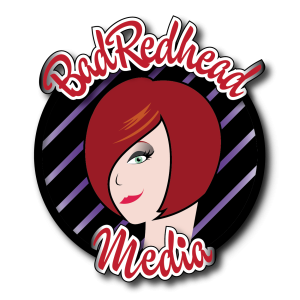
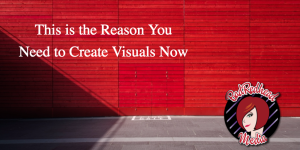
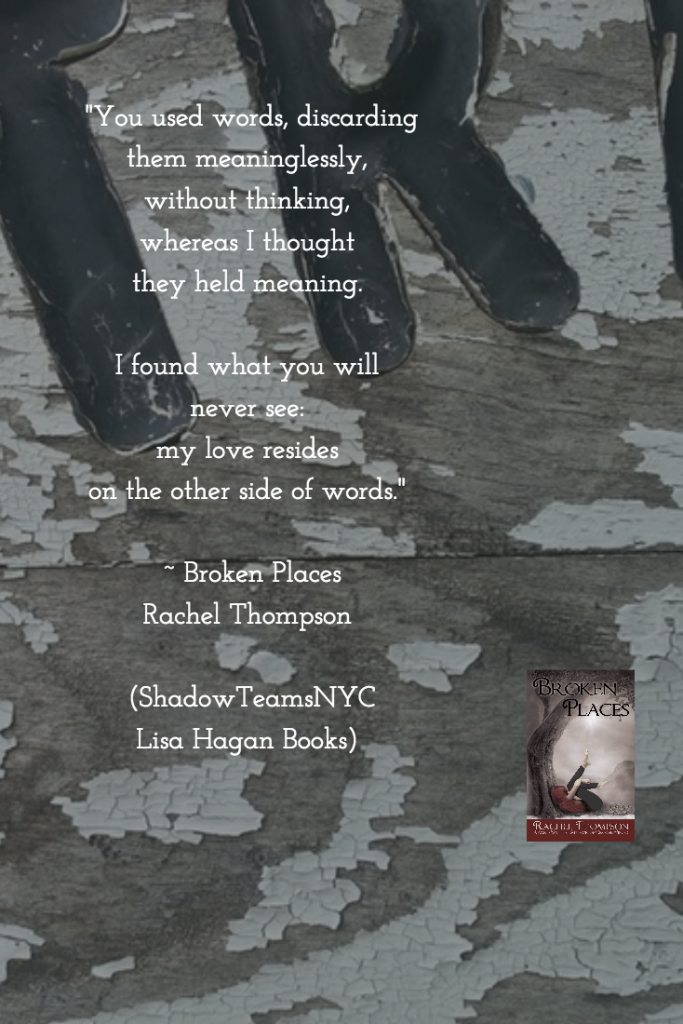
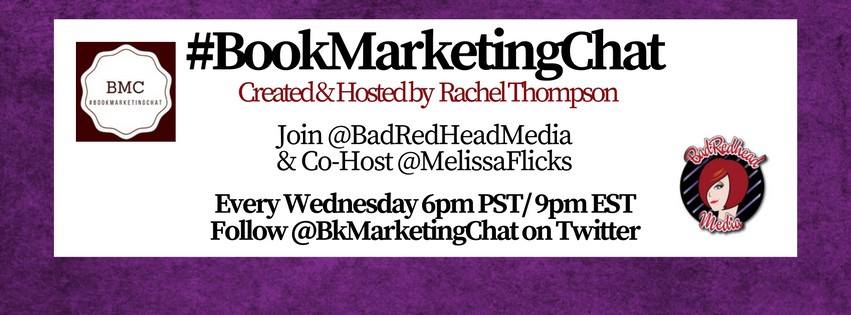
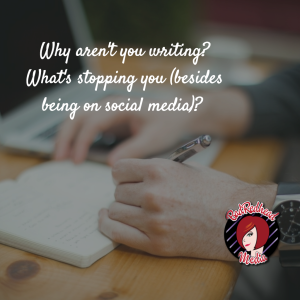
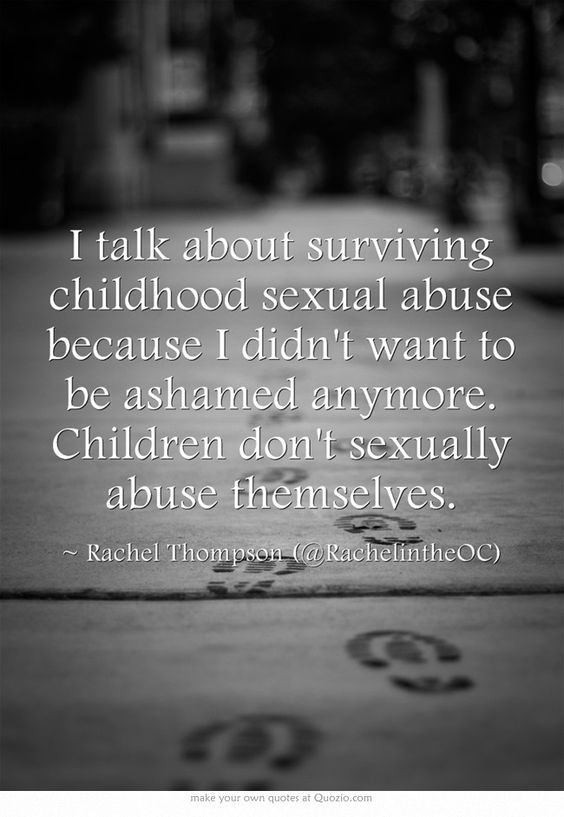
[…] author-bloggers get more blog traffic. Two bloggers feel visuals are vital: Rachel Thompson asserts this is the reason you need to create visuals now and Kimberley Grabas lays out how to build an epic visual strategy for your author brand. Jane […]
[…] Don’t Forget Visuals! […]
So true! I use GIMP, which is also free. Thanks for the helpful info!
thanks for the useful info dear… i also use free GIMP